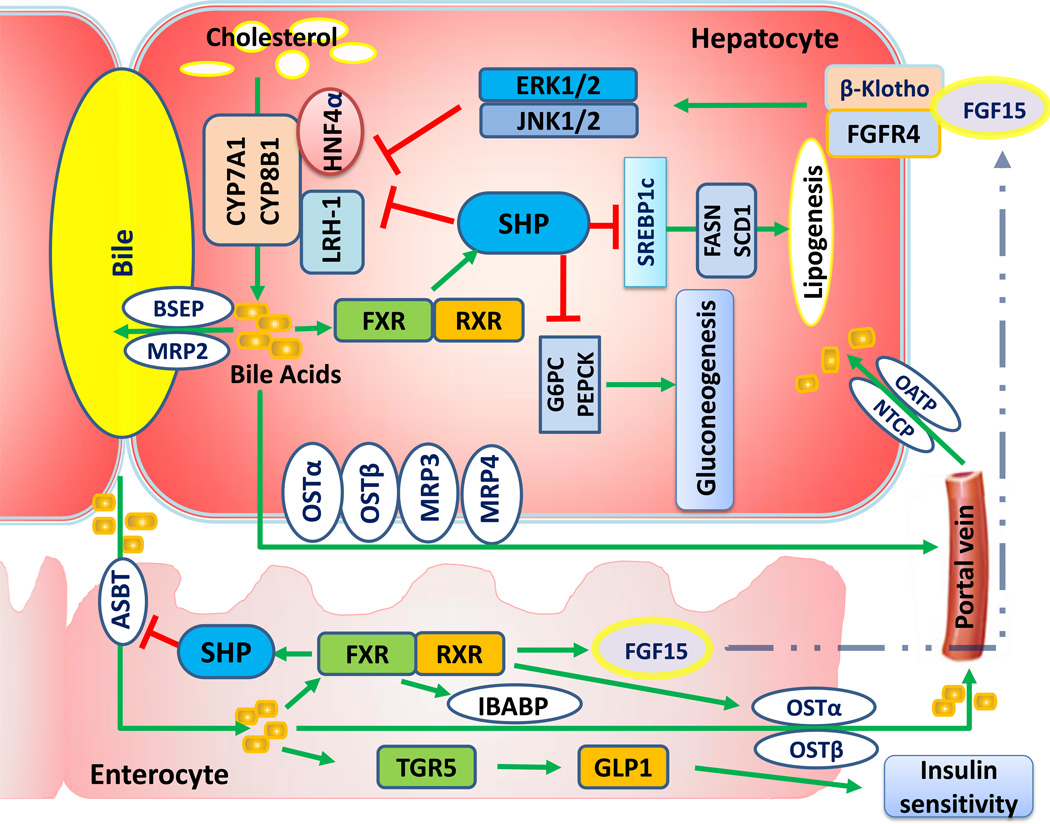Fig. 1. Bile acid homeostasis and its downstream effects on carbohydrate and lipid metabolism.
Hepatic cholesterol through cholesterol-7α-hydroxylase (CYP7A1) and sterol 12α-hydroxylase (CYP8B1) is converted to bile acids (BAs). BA transporters are involved in the secretion of BAs from the liver into the duodenum, flowing back through the ileum and reabsorbed by the liver. Farnesoid x receptor (FXR) and its targets are involved in the enterohepatic recycling of BAs. FXR-induced small heterodimer partner (SHP) inhibits BA synthesis by down-regulating CYP7A1 and CYP8B1 expression. Additionally, intestinal FXR induces fibroblast growth factor 15 (FGF15) expression, which in turn represses CYP7A1 through fibroblast growth factor receptor 4 (FGFR4) and β-Klotho-mediated signaling. Regarding lipid and carbohydrate metabolism, hepatic FXR activation induces gluconeogenesis and represses lipogenesis through SHP [100, 101]. Intestinal BAs also activate G protein-coupled bile acid receptor (TGR5) to increase production and secretion of glucagon-like peptide-1 (GLP-1), an incretin hormone that promotes insulin sensitivity, and thereby improves glucose disposition [102, 103]. CYP7A1, cholesterol-7α-hydroxylase; CYP8B1, sterol 12α-hydroxylase; BAs, bile acids; FXR, farnesoid x receptor; SHP, small heterodimer partner; FGF15, fibroblast growth factor 15; FGFR4, fibroblast growth factor receptor 4; TGR5, G protein-coupled bile acid receptor; GLP-1, glucagon-like peptide-1.

